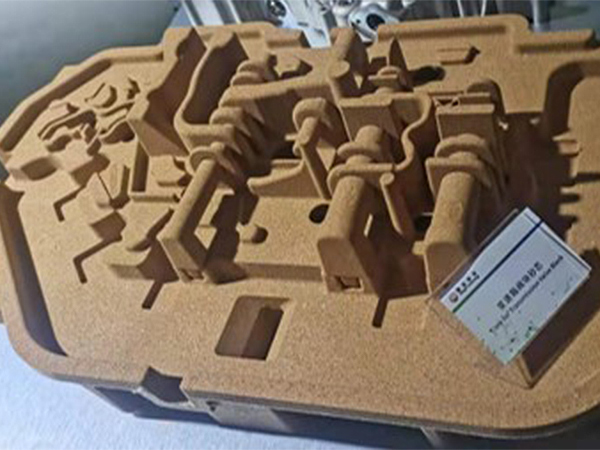The Art of Sanding a 3D Print Achieving Perfection in Your Prints
3D printing has revolutionized the way we create and fabricate objects. The technology enables designers and engineers to produce complex geometries with extraordinary precision. However, as anyone who has ventured into the world of 3D printing knows, the journey doesn’t end once your print is complete. One of the critical steps in the post-processing phase is sanding, which can significantly improve the surface finish of your print. In this article, we’ll explore the importance of sanding, techniques to improve your work, and tips to achieve professional results.
Importance of Sanding
When you print an object using a 3D printer, the layers of filament are deposited one on top of the other. This layering process can result in visible lines, rough textures, or blemishes on the surface of your print. Sanding serves several purposes
1. Surface Smoothness The main objective of sanding is to eliminate the layer lines that are characteristic of many 3D prints. A smoother surface enhances the aesthetic appeal of your print. 2. Better Paint Adhesion For those looking to paint their prints, sanding provides a better surface for paint to adhere. A rough surface may lead to poor paint adhesion and uneven finishes.
3. Functional Considerations In some cases, a rough surface can affect the fit of parts, especially if you're assembling multiple components. Sanding ensures a better fit and functionality.
4. Preparing for Additional Finishing Techniques Whether you plan to apply filler or resin or want to finish with a gloss or matte coat, sanding is often a prerequisite that enhances the quality of the final appearance.
Techniques for Sanding
Sanding your 3D prints can be as simple or as detailed as you want to make it. Here are some techniques to improve your sanding process
1. Start with Coarser Grit Begin with a coarser sandpaper, such as 80 or 100 grit. This will help you remove the bulk of the layer lines quickly. Be sure to apply even pressure and sand in circular or back-and-forth motions.
2. Progress to Finer Grit After you have achieved a smoother surface with the coarse sandpaper, switch to finer grits, like 220, 400, or even higher for a glass-like finish. Each successive grit will further enhance the smoothness of the surface.
sanding a 3d print

3. Wet Sanding Consider wet sanding for your final passes. Using water or a lubricant while sanding can reduce dust and provide an even smoother finish. It also helps in preventing the sandpaper from clogging.
4. Use Sanding Tools If your print has complex geometries or intricate details, consider using sanding sponges or rotary tools with sanding attachments. These tools can help reach tight spaces and contours that are challenging to sand by hand.
Tips for Professional Results
Achieving a professional-looking finish requires patience and practice. Here are some additional tips to enhance your sanding results
1. Clean Before Sanding Ensure your print is clean and free of any dust, debris, or grease before you begin sanding. This can prevent scratches and promote an even finish.
2. Take Your Time Rushing through the sanding process is a common mistake. Take your time at each grit level to ensure you achieve the desired smoothness before moving on.
3. Inspect Regularly As you sand, frequently check your progress. Look at the surface under good lighting to help catch any imperfections.
4. Final Touches Once satisfied with the smoothness, consider applying a primer if you plan to paint the model. This not only prepares the surface for painting but also highlights any remaining imperfections that may need touch-ups.
Conclusion
Sanding a 3D print is an essential skill that can elevate your final product from a basic print to a professional-quality piece. By understanding the importance of sanding, utilizing effective techniques, and applying some professional tips, you can achieve a finish that showcases your hard work and creativity. Whether you’re a hobbyist or a professional, mastering the art of sanding can significantly enhance the aesthetic and functional quality of your 3D prints. So grab your sandpaper, embrace the process, and watch your creations transform before your eyes!
Post time:Desemba . 18, 2024 02:30
Next:The Process and Benefits of Sand Casting in Steel Manufacturing Techniques
